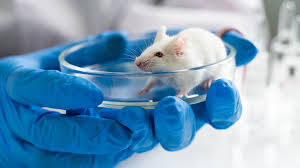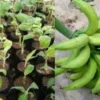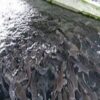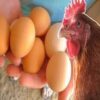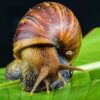In conducting any experiment involving animals, the experimenter or researcher must be very familiar with the animal species to be used. This familiarity could be through direct personal experience such as observation and handling, or through background knowledge obtained from relevant literature including textbooks and journals. Familiarity with the animals used in experimentation is important for the following reasons:
- To measure growth rate accurately
- To make animals less hostile or stressed
- To avoid causing unnecessary embarrassment or discomfort to the animals
- To ease delicate operations such as construction, debeaking, deworming, and parturition
Read Also: Most Beautiful Flowers: All You Need To Know About
Formulation of Problems in Animal Production Research
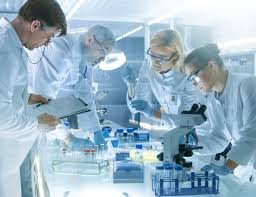
Research problems in animal production are usually formulated based on past experiences or observations related to the subject matter. These problems can be grouped broadly into two categories based on the reasoning system used to solve them:
1. Deductive Reasoning: This is derived from existing records or observations from which a general principle is concluded.
2. Inductive Reasoning: This involves reasoning from a general principle to specific outcomes. For example, if a farm animal population increases over one year as a result of quarterly deworming, one may infer a relationship between deworming and population growth.
These types of problems often originate from a group of observations, which may occur naturally or under controlled conditions. In experimental settings, such observations are often referred to as “treatments.”
An experiment, therefore, is the process of testing statistical hypotheses related to research problems. For instance, a study could be conducted to evaluate the effectiveness of a newly developed drug on farm animals.
Scientific Methods of Animal Production Research
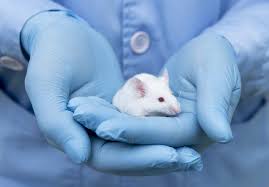
The scientific method in animal production research typically involves the following key elements:
1. Observed Facts: Scientific inquiry begins with observations, from which facts are established. Research, broadly defined, is a systematic investigation into a subject to discover new facts or principles. The method adopted in this process is known as the scientific method.
2. Experiments: Experiments are structured investigations used to discover new information or test hypotheses. They are a critical step in scientific research and must aim to answer relevant questions that either support or reject the hypothesis being tested.
3. Hypothesis: A hypothesis is an assumption about one or more populations which may be correct or incorrect. There are two major types of hypotheses:
i. Null Hypothesis (Ho): This hypothesis is tested for acceptance or rejection based on experimental results. For example, when comparing four animal diets—A, B, C, and D—it may be assumed that all perform equally well:
Ho: μA = μB = μC = μD
ii. Alternative Hypothesis (Ha): This is the opposite of the null hypothesis and is defined by the research problem’s underlying question. It can be expressed as:
Ha: μA ≠ μB ≠ μC ≠ μD
4. Results and Their Interpretation: The outcome of an experiment adds new information. Interpreting this new data in light of existing knowledge helps to support or reject the alternative hypothesis.
5. Literature Review: A thorough literature review is essential before beginning an experiment. It helps determine suitable experimental designs and whether similar problems have been previously studied.
Characteristics of A Well-planned Animal Experiment
A well-designed animal production experiment should possess the following qualities:
1. Simplicity: Treatment selections and material arrangements should be as simple as possible and aligned with the experiment’s objectives.
2. Absence of Bias or Systematic Errors: The experimental setup must ensure that treatment groups (e.g., different animal groups) do not systematically differ in any way other than the treatment applied. This ensures unbiased results.
3. Scope: The conclusions drawn from an experiment should have wide applicability. Using factorial treatment sets is one way to enhance the validity and applicability of findings.
Calculation Of Degree Of Uncertainty in Animal Experiments
Every experiment involves a degree of uncertainty. The design must allow for estimating the probability that the observed results occurred by chance. This helps determine the validity of the experimental conclusions.
Procedures For Conducting Animal Production Experiments
A successful experiment requires careful planning and execution. This includes designing the experiment, conducting trials, analyzing results, and presenting a clear and reliable report. The following steps are crucial in achieving this:
Identification and Definition of The Research Problem
The first step is to clearly state the problem to be solved or identify the hypothesis to be tested. For instance, if a farmer claims that land used for over 20 years has not shown a yield decline, research may investigate the validity of this claim. However, if the original observation lacks sufficient data, conclusions may be misleading.
Read Also: Most Beautiful Flowers: All You Need To Know About
Statement of Objectives in Animal Research Experiments
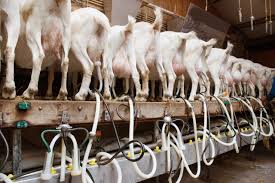
Objectives must be clearly and precisely written. If there are multiple objectives, they should be arranged in order of importance. These can be framed as questions to be answered, hypotheses to be tested, or effects to be estimated. A well-understood problem enables the design of experiments that provide meaningful answers.
Proper Review of Literature in Animal Research
Reviewing past studies helps identify whether similar problems have been addressed. A critical review also supports the selection of effective research procedures and validates the experiment’s relevance in the current context.
Selection of Treatments in Animal Experiments
The success of an animal production experiment largely depends on the proper selection of treatments. These treatments must be relevant and capable of providing answers to the research questions.
Hypothesis Setting in Animal Science Research
For every parameter to be measured, a hypothesis must be formulated. For example, a hypothesis may state that varying housing systems do not affect the performance of broiler chickens. Data are collected and analyzed to either accept or reject this hypothesis.
Type of Data To Collect in Animal Production Experiments
The researcher must consider the type of data needed and the methods of data collection. This includes evaluating the availability of expertise, instruments, laboratories, and labor required to meet the objectives of the study.
Do you have any questions, suggestions, or contributions? If so, please feel free to use the comment box below to share your thoughts. We also encourage you to kindly share this information with others who might benefit from it. Since we can’t reach everyone at once, we truly appreciate your help in spreading the word. Thank you so much for your support and for sharing!

